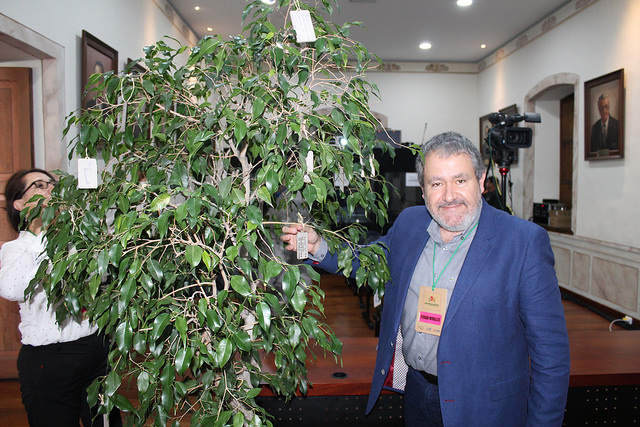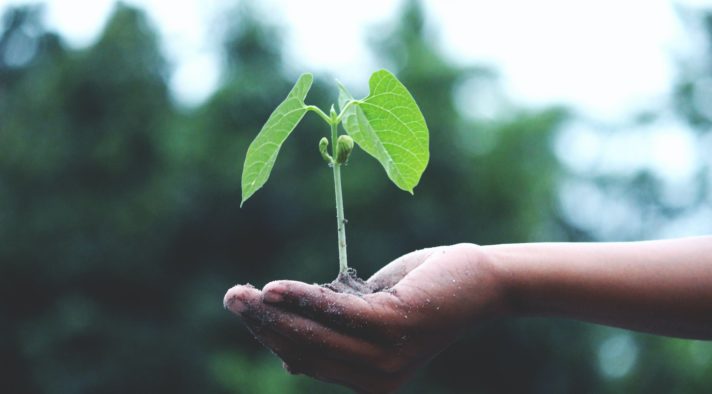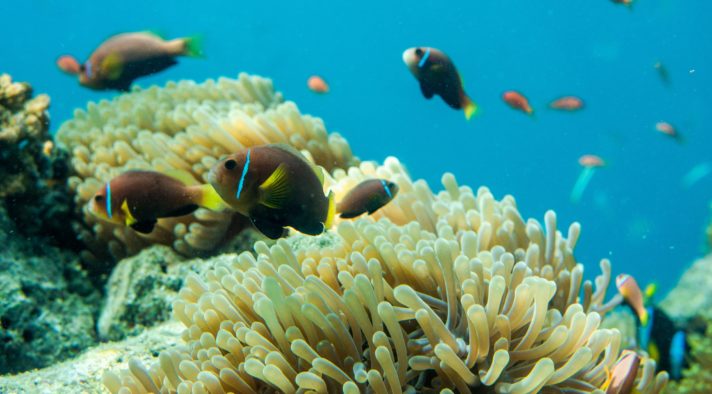Interview with Mr. Ferran Miralles, General Director of Environmental Policies and Biodiversity, Government of Catalonia
Regions4: In 2016, Catalonia was host to the International Conference on Biodiversity “Subnational Governments for Biodiversity: Achieving the Aichi Biodiversity Targets (ABT)”. After two years of this event, how has Catalonia advanced on its Strategic Plan for Biodiversity and the achievement of the ABTs?
Catalonia: To start, we must explain that, before 2016, the competencies regarding natural patrimony were managed by another governmental department. Our first task in 2016 was to unify all the services, planning and management of biodiversity. Once we achieved this, we were able to make a jump in 2017, in which we could develop, on a participatory process, Catalonia’s Natural Heritage and Biodiversity Strategy 2030 (ESNATURA). We’ve had the mandate to do it since 1997, when the Parliament of Catalonia asked the government for its development. Through the years, many attempts were carried out and, finally, we succeeded, and in record time. Therefore, this has been something very much awaited for many years, something that the sector interested in the biodiversity of Catalonia demanded, and it was finally approved in July 2018. Hence, these have been our two major achievements: unifying the planning and management of our natural resources, and the approval of our biodiversity strategy.
We still have a big challenge ahead of us, and that is to develop the new law for biodiversity because the one we have now is too old. So, this is our goal for the next 2-3 years.
Regions4: As stated in the Regions4 Report“Localising the SDGs: Regional Governments paving the way”, Catalonia has developed various actions to think about and define the implementation process of the SDGs. Can you explain the integration of the different government departments and the efforts of the Generalitat in relation to the SDGs work?
Catalonia: As the Sustainable Development Goals (SDGs) do not only have an environmental approach, but also social and economic, we thought it fitting that the strategy of implementation falls under the commandment of the Sustainable Development Advisory Council. What we have done to date, is a very interesting diagnosis for each of the 17 SDGs, called “The 2030 Agenda: Transform Catalunya, Improve the World.”It is evident that each territory has its own strengths and challenges, so there are some aspects in which we have made great progress and others in which we still have very important challenges.
So, we have a diagnosis and we are clear which steps we must take to comply with the SDGs. This is what we have achieved so far. Now we are in the process of finishing the drafting of the plan itself.
Regions4: Can you explain a bit further, how does Catalonia integrate biodiversity into its sectoral policies?
Catalonia: As it is stated on the Declaration of the Regions to the 14th Meeting of the Conference of the Parties to the Convention on Biological Diversity, 70% of biodiversity loss around the world is a result of primary sector activities (agriculture, livestock, forestry and fishing). In Catalonia, we do not have great natural resources, so we do not have big mining activities or extraction. Our integration of sectoral policies comprises/encompasses the agricultural, forestry, fishing, rural development and tourism activities.
These days, we are very concerned with agriculture. In our biodiversity strategy, one of its chapters is dedicated to this sector. What we intend is to lower the intensity of exploitation of agricultural lands and be less hostile with nature, because, in our region, we have lost the kind of agriculture that was more integrated with the environment, more natural, that created open spaces on the agroforestry mosaic. We have lost this and now we are left with agricultural spaces that are very aggressive toward biodiversity, in which pesticides are used, the margins with vegetation have disappeared and there’s no life left. This is a big challenge we have ahead.
In regard to forestry, almost 65% of Catalonia’s territory is a forest. Natural spaces and forests collide; thus, our principal transformational policy is forestry. What we are doing here is integrating all environmental assessments from all our forestry plans and projects and aligning them with our biodiversity guidelines for forestry management. This is our main challenge, how forestry management and biodiversity are aligned.
Regarding fishing, we just approved our Maritime Strategy 2030, which has a section dedicated to biodiversity that coincides with our biodiversity strategy. Both strategies are coordinated. We are happy to know that both departments have common goals.
In respect to rural development, the General Direction, dependent of the Agriculture Department, manages all European funds designated to the rural environment. On the other side, we who are dedicated to conservation have a very poor budget, so what we are looking for is that one part of those funds can be managed jointly, and that decisions on where to invest them can be made together. What happens is that sometimes there are agro-environmental measures that, for us, are not a priority. So, there is a gap in which the money of the EU that should be allocated to natural heritage, is being managed by a department that is not biodiversity.
Regions4: Has there been any progress in this dialogue?
Catalonia: Over the last two years, we have made various efforts. On the biodiversity strategy, we created a coordination table with the five affected departments mentioned earlier. So, we will have coordinated work with these departments in which we’ll ask what we need for them, and they can express the problems they may be facing with our policies and find a common ground to work together for the sustainable future of Catalonia.
Concerning tourism, Catalonia has 7 million inhabitants and receives 20 million tourists each year. Summed up to this, the urban population has developed a taste in the last years to practice sports and nature activities. The type of people who used to frequent these spaces has changed. Now it’s more about extreme sports, competitions, etc. and not about the visitor who used to go to comprehend and appreciate nature. As a result, we are having trouble with protected species, not because of the loss of habitat, but because of the frequency of human presence, so for us now, everything concerning the sustainable management of public or social use of natural spaces is a pending task. The main challenge is to design strategies so people can enjoy nature without negatively affecting biodiversity. This means that there can be more recreational areas, but also areas that need to be more protected.
When I first arrived at this Department, the people working with me told me “we are the ones in charge of managing the network of natural spaces”, but after studying the subject for a while, I have come to the realisation that we are not the ones doing so. We do not have enough resources to do this, and the ones who are making these territories evolve are the sectors that I mentioned before. Therefore, either we have dialogue with these sectors, we give them clear guidelines, come to agreements and they get on board with us, or there is nothing we can really do.




